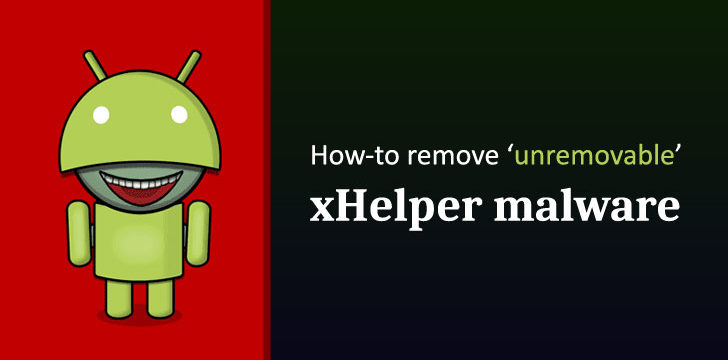Google’s enterprise videoconferencing tool Google Meet is now directly accessible from Gmail, the company said Thursday. The new integration is currently available on Gmail for the web with mobile coming soon.
“With Meet in Gmail, you can easily start or join a meeting in seconds,” Google wrote in a blog post. “Our goal is to help you follow the flow of the day, seamlessly switching between email and video meetings—whichever form of communication you need.”
Users can click “join a meeting” or “start a meeting” from the sidebar within Gmail, which will prompt a new window to pop up.
Last month, Google reported that daily usage of the tool has spiked, as workers look for ways to stay productive from home through the COVID-19 pandemic. As of March 31, Google Meet’s daily usage was 25X higher than it was in January.
The increased need for enterprise-grade videoconferencing tools has prompted Google to step up its promotion of the tool, recently rebranding it from “Hangouts Meet” to Meet. Google Hangouts is Google’s videoconferencing tool for consumers. Last week, Google rolled out new security features for education customers using Meet.
According to Reuters, Google will add more features to Meet later this month, including a layout option displaying up to 16 call participants at once, improved video quality in dim lighting and the ability to filter background noise.



